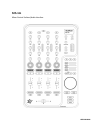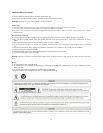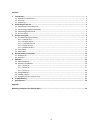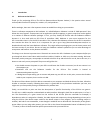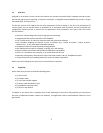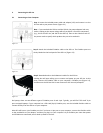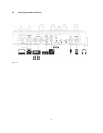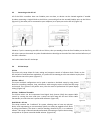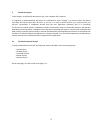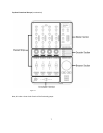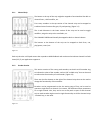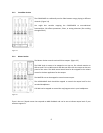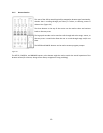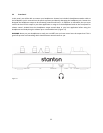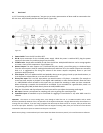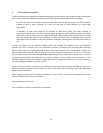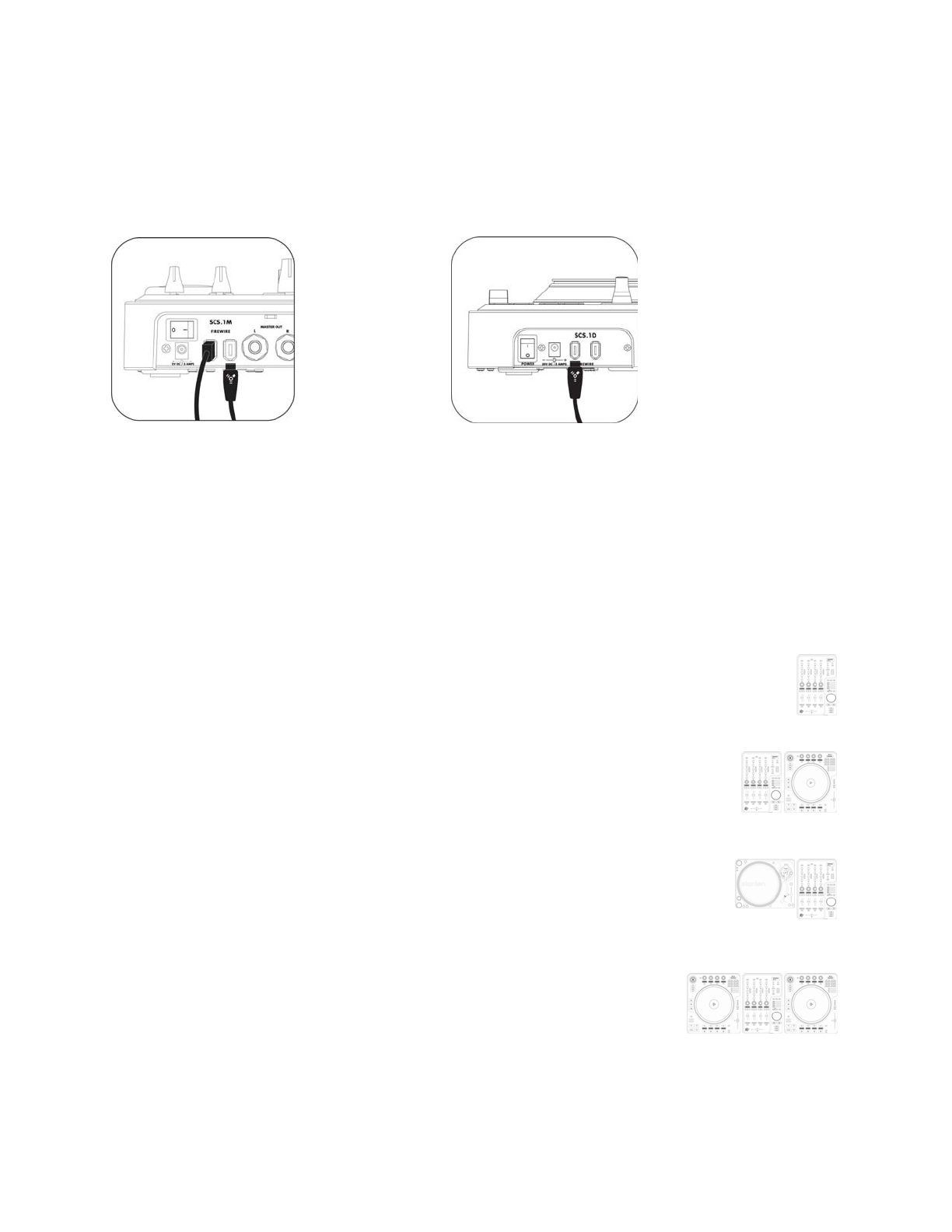
5
2.3 Connecting to the SCS.1d
All of the SCS.1 controllers have two FireWire ports on them, so devices can be chained together if needed.
So when connecting a single SCS.1d to the SCS.1m, you would go from the unused FireWire port on the SCS.1m
(Figure 2.5), (the other port is connected to your computer) to an open port on the SCS.1d. (Figure 2.6)
Figure 2.5 Figure 2.6
Likewise, if you’re connecting two SCS.1ds to a SCS.1m, then you would go from the free FireWire port on the first
SCS.1d to a port on the second. Any other FireWire devices should go at the end of the chain and not before any of
the SCS.1 controllers.
Let’s take a look of the SCS.1m Setups.
2.4 SCS.1m Setups
SCS.1m
This mixer-only setup allows for basic mixing and transport control of software decks. Thanks to the
SCS.1m built-in audio interface capabilities, it is perfect for DJs wanting an all-in-one solution to play from
their software into a PA system. (Figure 2.7)
Figure 2.7
SCS.1m + SCS.1d
This mixer-and-deck configuration can be used to emulate a dual-deck setup by using virtual
decks for controlling transport, loop, and effects, while using the mixer to blend and EQ songs
and sounds. This system is the perfect entry into the world of professional SC System laptop
mixing. (Figure 2.8)
Figure 2.8
SCS.1m + Traditional Turntable
The SCS.1m mixer can be incorporated into Digital Vinyl Systems (DVS) that support MIDI
control by running the time code into a sound card and using the SCS.1m’s built-in MIDI
functionality to control the user’s preferred DJ software. (Figure 2.9)
Figure 2.9
Dual SCS.1d + SCS.1m
This setup recreates the “traditional” DJ system, allowing users to have two physical
decks, each representing an on-screen deck (which can easily be toggled to four decks
by using virtual decks). The mixer is used for blending, channel EQ, etc, in a traditional
manner. This setup is tailored towards professional DJs wanting to replace their existing
setup with an SC System controller-based solution. (Figure 2.10)
Figure 2.10



